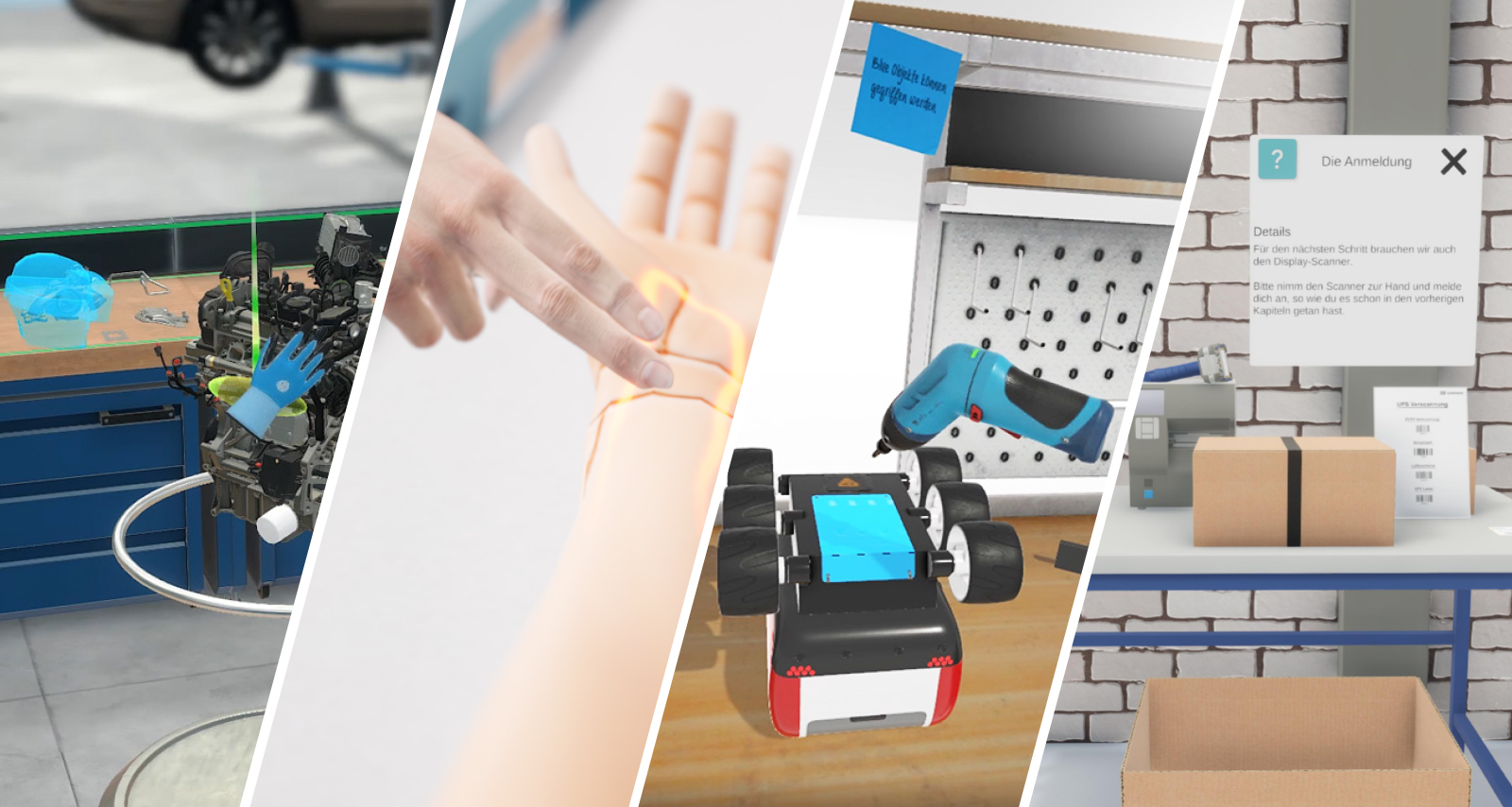
For all those who have always wondered what digital training is exactly, whether you necessarily need VR glasses for it and how the tool can be integrated into existing training processes – we have condensed the basics including use cases and best practices in this article.
The best known are virtual reality trainings, or VR trainings for short. This variant is an in effective and flexible way to learn new skills and impart knowledge. It allows you to immerse yourself in a realistic simulation of environments and practice tasks in a safe, controlled environment. VR training can be highly immersive, helping to improve retention of information and promote long-term learning.
However, virtual does not necessarily mean VR: In addition to VR training that is experienced with a VR headset, there are also AR applications or web- or desktop-based tools that work on various devices such as tablets or PCs. Thus, one could also use the generic term digital training, whereby learning in VR brings some advantages with it when it comes to training motor skills, hand grips or movement sequences.


Safe learning environment
Virtual training enables users to practice skills in a simulated environment, without any risk of injury to themselves or others. It also eliminates the risk of compromising technology or operations by making mistakes. This makes it ideal for occupational safety training and preparation for dangerous situations or emergencies. This creates a virtual safe space in which mistakes have no consequences and work processes can be learned without pressure.

Interactivity
VR training requires users to become active themselves, so information is better remembered than with purely theoretical learning methods. Another advantage is the stimulation of motor memory. The trainees link the subject matter directly to the appropriate hand movement, which has been proven to increase learning success.

Individuality
Virtual training is customizable and can be adapted to your needs. This allows you to create a deceptively real copy of your premises and perfectly adapt the training content to your real processes. The closer the scenario is to the real working day, the better you can reap the benefits of digital training methods. In the case of complex topics, content can be reduced to the essentials and distracting factors can be faded out. In this way, they direct the focus to relevant teaching content and thus shorten the training time.

Flexibility
Virtual training courses can be held anywhere and at any time. This makes them location-independent and can be used remotely without additional travel costs. This allows you to reach people who may not have access to traditional training methods due to location, disability, or other factors. With any level of reproducibility, you can also cater to learners’ individual pace and repeat lessons until they’re just right.

Accessibility
Digital training makes it easy to bypass some of the barriers of traditional training methods. At the top of the list is language proficiency, as translation tools mean multilingualism is no longer a hurdle and even real-time translation is possible. Alternatively, it is also possible to dispense with language and text altogether and instead work with illustrations, arrows and highlighting. In any case, one should pay attention to an uncomplicated start, a low-threshold tutorial and intuitive operation.

Increase learning success
In addition to the positive effects on motor memory already mentioned, digital training is primarily about edutainment: having fun while learning not only increases motivation, but also success. This is where interactive media really come into their own compared to textbooks or frontal instruction. Scientific research also confirms that virtual training makes learning faster and that knowledge is retained in the long term.

Cost efficiency & sustainability
Even if the initial costs are high, the investment in virtual training pays off in the long run. Unlike conventional methods, no physical training materials or external instructors are required. The effect is particularly clear in resource-intensive processes, as physical resources are no longer consumed. Another plus point in terms of efficiency is that the training takes place away from your day-to-day business and, for example, production processes continue as usual.

Attractiveness
By using digital training, you increase your attractiveness as an employer or training company with modern learning and training opportunities. It is a good way to demonstrate your internal innovation capability and contribute to digitalization.
Although VR training offers many advantages, there are also some potential disadvantages to mention:
As VR enthusiasts, we can’t help but add a caveat, as many negative aspects can be minimized with careful development and training.
Virtual teaching methods can be used for a variety of training purposes, including but not limited to:

Healthcare
VR training is often used to train highly specialized professionals such as surgeons. It allows procedures and techniques to be practiced in a simulated environment without harming patients. Slowly, this teaching method is gaining acceptance in other medical professions as well.
With our application VR Patient Care we have created a prototype for the promising and underestimated use case of nursing education.


Education
Digital training methods are gradually finding their way into educational institutions such as schools and universities. They are mostly used to provide hands-on, immersive experiences, to break up the daily routine alongside traditional frontal teaching, and to activate students*. Museums are also increasingly relying on infotainment and using virtual teaching content, but this is not usually traniges in the strict sense.


Aviation
Virtual training is used in the aviation industry to train pilots as realistically as possible for new types of aircraft and to practice emergency scenarios.


Industry
Digital training is already being used increasingly in industry – mainly to familiarize employees with new equipment and processes. Topics such as efficiency, precision and safety are at the forefront here. In addition to regular training courses for occupational safety, digital training is primarily used for onboarding. In addition to areas such as production and logistics, industrial sectors with increased risk potential are frequently requested use cases:
Automotive
In cooperation with Volkswagen and the Volkswagen engine plant Chemnitz, we have developed a virtual training for the assembly of a modern combustion engine. With this low-threshold step-by-step guide, we offer specialists and laypersons a detailed insight into assembly processes and how engines work.




Production
For classic assembly line work, we can recommend our Assembly VR showcase. Here, multi-stage manufacturing processes are taught in multi-player mode.




Logistics
On the topic of logistics, we have developed a digital training course for DB Schenker AG, which, in addition to training packaging, consolidation and shipping processes, focuses on scalability and individual adaptability.




Energy sector
For example, our colleagues at OVRLAB have developed VR training for the local network operator enviaM. In addition to the further processing of cables, the course of action of a manual switching operation in a transformer station is addressed. The focus is on trainee safety and saving expensive raw materials.



Construction
Virtual training is used in the construction industry to train skilled workers, such as crane operators, and improve safety on construction sites.


Communication
Digital training is often used to train social and communication skills in the form of role plays. Here, topics such as conflict management, employee leadership and decision-making are often trained as practically as possible and in an error-friendly milieu. In addition to management training, this is also used for customer contact in the areas of sales, marketing and customer service.


Sport
VR training is used by athletes to improve their performance and develop new skills without risking injury.


Military
The use of VR training in this context is certainly a controversial topic. But as in many other fields, the military is driving innovation in VR. The benefits of virtual reality in military training are often reflected in its most extreme form. As a result, the military is very interested in using and developing these technologies. The risk of injury to soldiers can be minimized through optimal training of the armed forces and improved knowledge transfer for logistics and maintenance.

VR training can be integrated into companies and existing training processes in various ways. One possibility is to offer virtual training as a stand-alone training program that prepares participants specifically for certain tasks or environments. Another option is to use digital training as a supplement to existing teaching methods to deepen and enhance the learning process.
From a technical perspective, however, the rollout is most relevant.
There are several options here:
It remains to be said: Virtual training has many advantages and is already being used successfully in numerous industries and use cases. VR training can be used in a variety of ways, ranging from training work processes and safety measures to promoting soft skills. Active learning in realistic simulations increases the motivation of employees, their learning success and thus also their efficiency.
It doesn’t always have to be VR goggles, because interactive training can also be conducted via tablet or PC. However, the advantages of virtual reality can be fully exploited and used for effective training. By means of VR, learning becomes an immersive experience that favors learning and long-term retention of information.
Overall, the benefits outweigh disadvantageous factors such as the sometimes high initialization costs. This makes virtual training a promising method for companies to train and educate their employees.

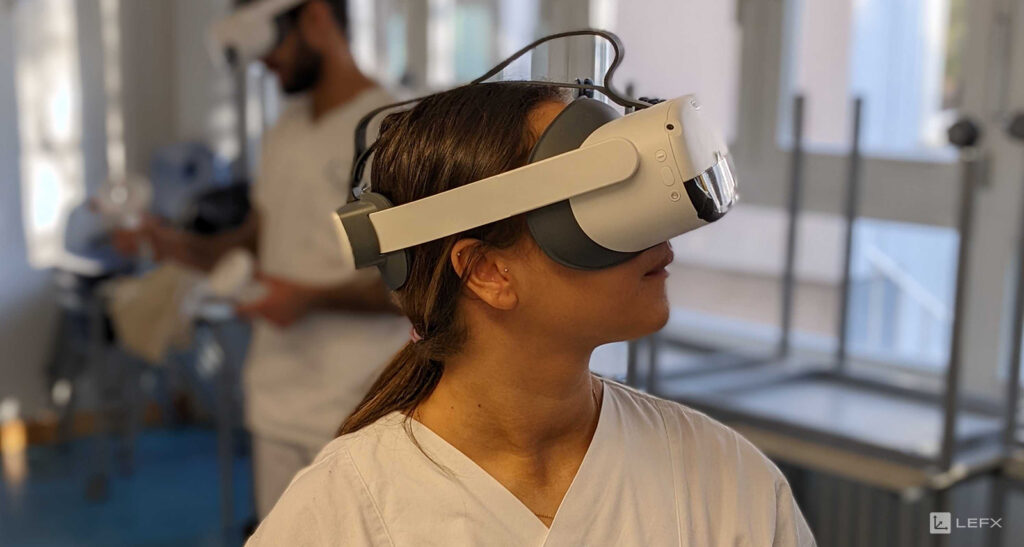



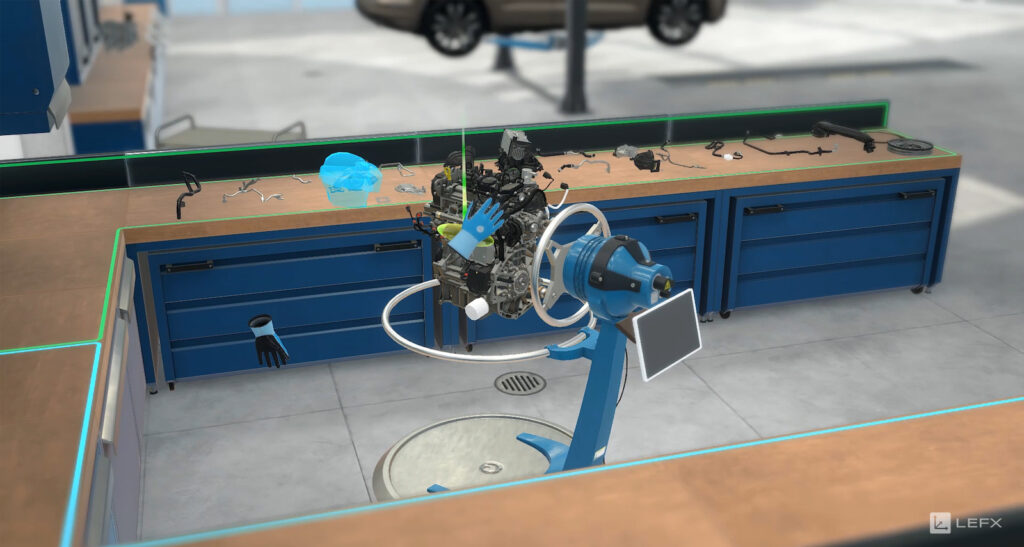


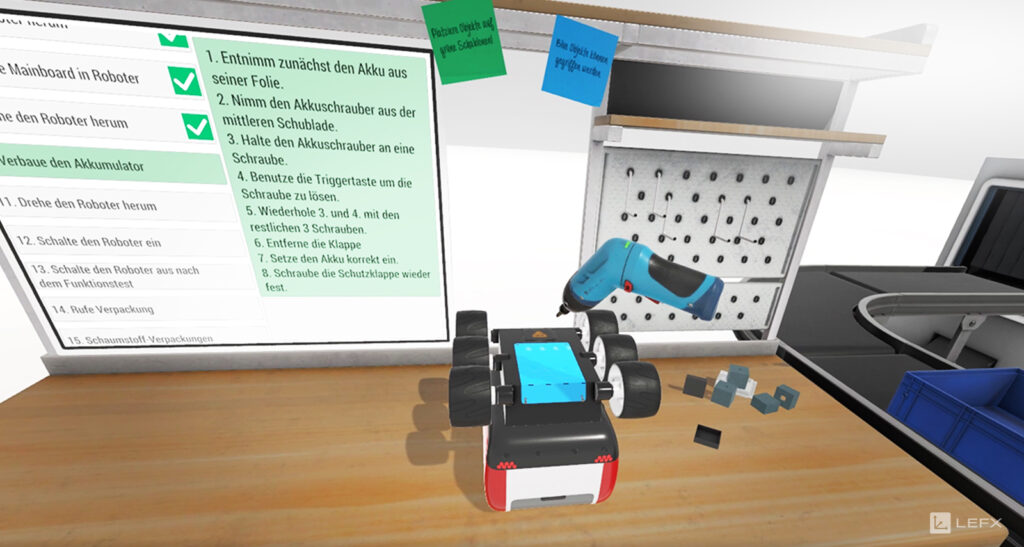
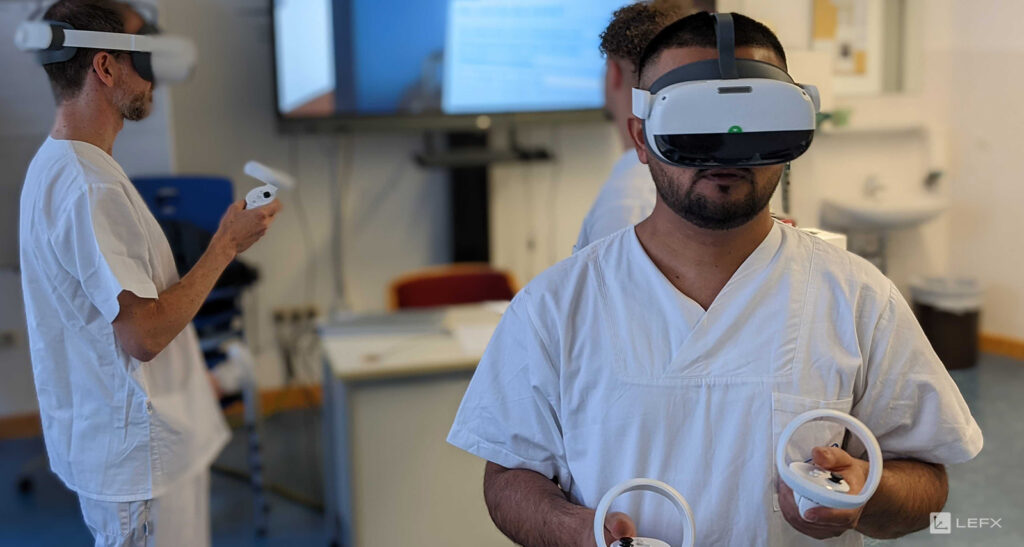

So much for our quick run through the basics of virtual training. Still have questions or looking for advice?
We are professionals in the development of virtual training. Just contact us and get started with VR training!

* There are several reputable sources that demonstrate the advantages of virtual training methods over traditional learning methods, here is a small selection:
Tags
Published on 27 March, 2023